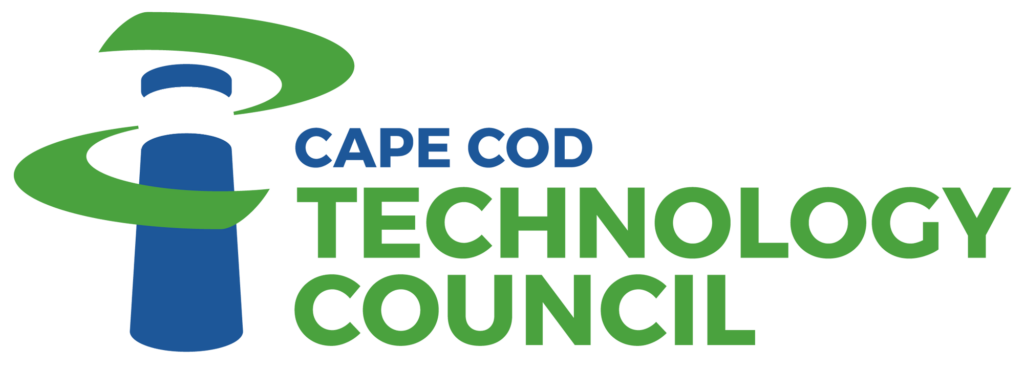“Clean technology is one of the great things people can do with their lives,” Thorne Sparkman said. “And one of the ways entrepreneurs can do well by doing good.”
So why is venture capital plummeting? And if it’s so bleak, why are Solar City and Tesla worth so much?
Sparkman, managing director at the Slater Technology Fund, spoke at our First Friday meeting about the growing opportunities in cleantech and how entrepreneurs are working to solve the world’s environmental challenges using technology and business model innovation. Or more succinctly, how to get rich in cleantech.
The energy market is enormous, and the price of oil and natural gas are going up. At the same time, solar technology is improving, and the cost of producing electricity with solar is going down. Between consumers voting for the technology and dropping prices, it’s been a good bet for investors, with some returning 32 times what they put in.
In 2008 clean tech trailed only healthcare in venture capital. But then money started drying up. Investments went from 483 million dollars in 2007 to 85 million in 2013.
So where are the best investments now? The largest new source of energy production in the U.S. is wind, which Thorne feels is cresting. Not only are all the best sites for wind farms taken, they’re about to take the subsidy away from it. They will run out of space until they figure out how to do it cheaply offshore.
Businesses are capital intensive. If you want to to design a new kind of power plant you’re running a billion dollar experiment, because proof in energy projects come at scale. It’s not easy being green.
So what do you look for when investing? Here are Thorne Sparkman’s tips for getting rich in cleantech:
Avoid capital intensive projects
Growth is in the internet of things, like Nest and Silver Spring Networks. People want the applications of technology to extend to the stuff in their world.
Look for consumerization
There have been programmable thermostats for years, but Nest came with the potential to be a joy to use. Products that design with beauty and use in mind. Tesla has the same batteries as the other cars, but its design puts it in a league of its own.
Get unplugged
Google thinks about uptime, and has tremendously redundant systems to support it. They are now buying wholesale power and building their own power. Bypassing utilities is called unplugging. Follow anyone who is chipping away at their dependence on utility monopolies. Other businesses that are unplugging are Walmart, Apple and Solar City.
Think data/mobile
You can do without a lot of things, but at what point do you cancel your cell phone? We are so dependent on our myriad internet devices, it makes sense to invest in projects that support them. Google spent two billion dollars on data servers to keep up with what we’re doing. Verizon spent ten billion building out telecom in 2013, with a forecasted 30 billion per year through 2017. The money is in the build out, so energy businesses that touch data and mobile businesses are businesses to watch.
“This experiment that were running, with frying our planet, everyone will eventually wake up to the fact that what we’re doing now is not going to continue to be an option,” Thorne said. “The equation will change.”
The September First Friday breakfast was sponsored by Oasis Outsourcing, a recognized national provider of employment administration and compliance for over 4,700 start-up, small to medium size companies throughout the US.
